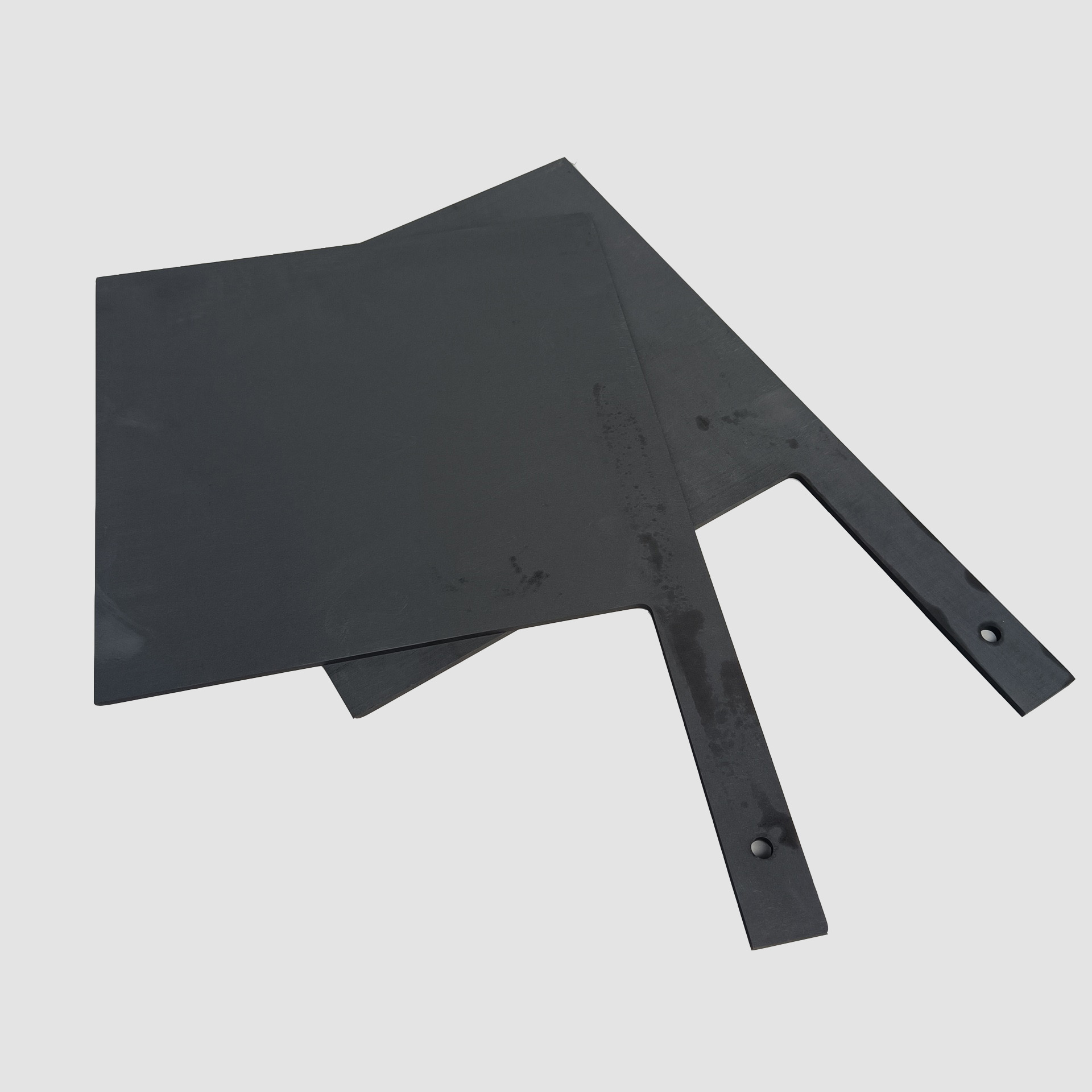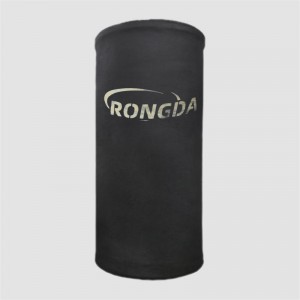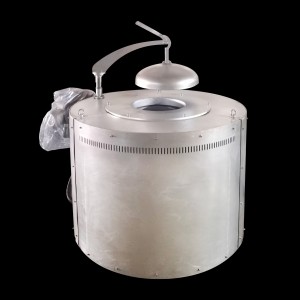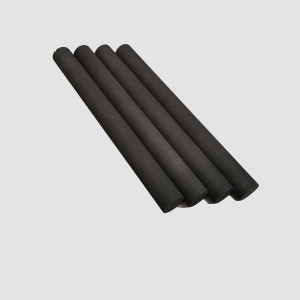Electrode graphite plate
Features
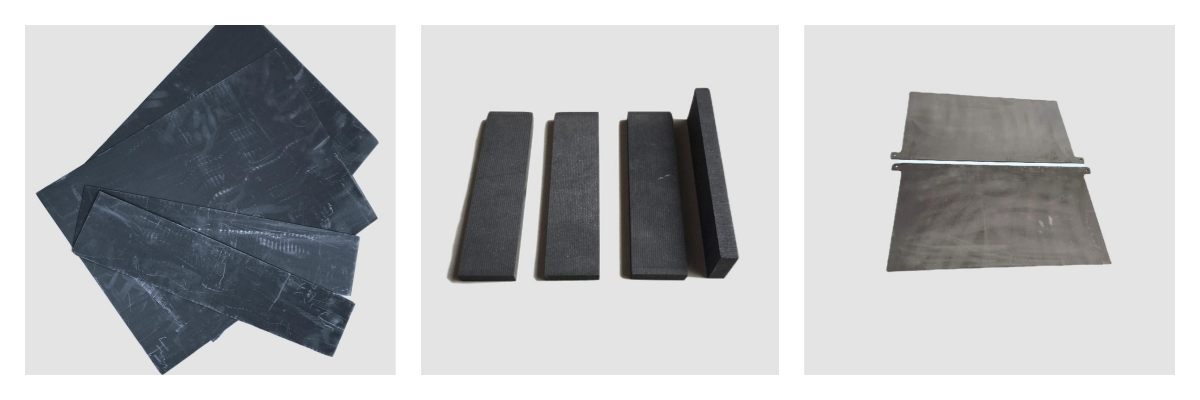
The raw material used in our production of graphite plates is graphite square: ordinary specifications and high-strength, high-density graphite square use good petroleum coke as the raw material. Adopting advanced production processes and equipment, the products have the characteristics of high density, high compressive and flexural strength, low porosity, corrosion resistance, acid and alkali resistance, etc. They are used as materials for processing metallurgical furnaces, resistance furnaces, furnace lining materials, chemical equipment, mechanical molds, and special-shaped graphite parts.
1. It has the advantages of high temperature resistance, good conductivity and thermal conductivity, easy mechanical processing, good chemical stability, acid and alkali corrosion resistance, and low ash content;
2. Used for electrolyzing aqueous solutions, producing chlorine, caustic soda, and electrolyzing salt solutions to produce alkali; For example, graphite anode plates can be used as conductive anodes for electrolysis of salt solution to produce caustic soda;
3. Graphite anode plates can be used as conductive anodes in the electroplating industry, making them an ideal material for various electroplating applications; Make the electroplated product smooth, delicate, corrosion-resistant, high brightness, and not easily discolored.
There are two types of electrolysis processes using graphite anodes, one is aqueous solution electrolysis, and the other is molten salt electrolysis. The chlor alkali industry, which produces caustic soda and chlorine gas by electrolysis of salt aqueous solution, is a large user of graphite anodes. In addition, there are some electrolytic cells that use molten salt electrolysis to produce light metals such as magnesium, sodium, tantalum, and other metals, and graphite anodes are also used.
Graphite anode plate utilizes the conductivity characteristics of graphite. In nature, among non-metallic minerals, graphite material is a highly conductive material, and the conductivity of graphite is one of the good conductive substances. By utilizing the conductivity of graphite and its acid and alkali resistance, it is used as a conductive plate for electroplating tanks, compensating for the corrosion of metals in acid and alkali melt. Therefore, graphite material is used as the anode plate.
For a long time, both electrolytic cells and diaphragm electrolytic cells have used graphite anodes. During the operation of the electrolytic cell, the graphite anode will gradually be consumed. The electrolytic cell consumes 4-6 kg of graphite anode per ton of caustic soda, while the diaphragm electrolytic cell consumes approximately 6kg of graphite anode per ton of caustic soda. As the graphite anode becomes thinner and the distance between the cathode and anode increases, the cell voltage will gradually increase. Therefore, after the operating time, it is necessary to stop the tank and replace the anode.

